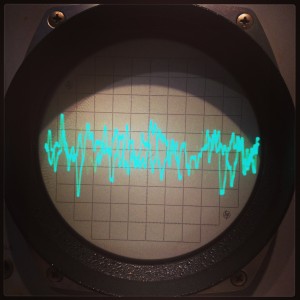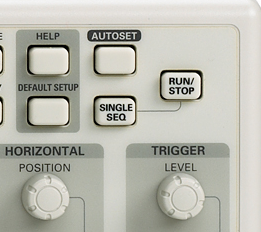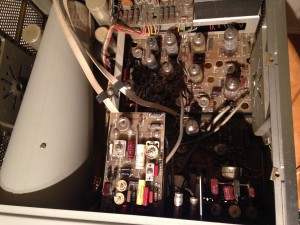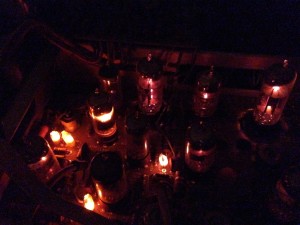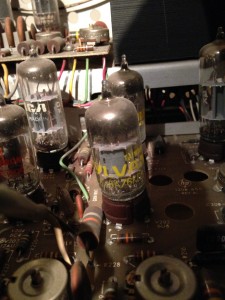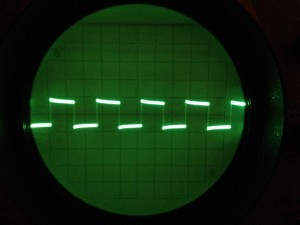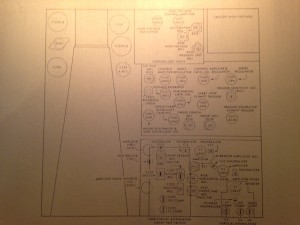Because I haven’t done anything with the seismometer this week, there is no update today. Instead I will talk about things that make wavy stuff appear on something that looks like a tiny TV screen.
A pretty sad thing about myself (and I suppose many others) as an EE student was that I had no idea how to use an oscilloscope. Honestly, before going into college I thought they were just some obsolete instrument that only showed themselves in low budget science fiction movies and not one of the most essential tools of the trade.
So, imagine my surprise when I had to use one in our lab courses for troubleshooting circuits. In a nutshell, it was an experience that consisted of running around in circles and mashing the “autoset” button.
The worst part about it all was that I wasn’t even remotely interested in learning how to use a scope. If something went wrong I would either keep hitting autoset or get help from the lab instructor. I finally began to make an effort to get to know the tool after taking another analog electronics course and after being roped into the robotics group.
Today, I use oscilloscopes almost every day and while I would love to someday afford a nice high bandwidth digital scope, analog scopes will always have a special place in my heart – and I’m sure that’s the case with many, many other engineers out there.
That brings me to talk about the new, old scope I bought a couple of weeks ago, the HP 120B. When I started the seismometer project, I was looking around Ebay for an oscilloscope to buy. Because the shipping costs were so high, I decided to check the local listings for one and lo and behold, there was one for sale!
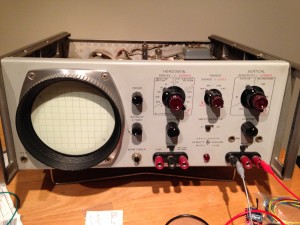
It *might* be a bit strange to call a piece of test equipment “beautiful” but this scope was just stunning. If the meticulously labelled innards didn’t impress you, the glow of the vacuum tubes would.
The neat thing about this scope is that it has banana plug inputs rather than the BNC connectors that are in just about every scope today. The bandwidth is a measly 450 kHz which is just fine for the seismometer and audio circuits. The scope is also a bit off calibration but not too badly. I will still be looking for a higher bandwidth scope but for now, and probably for years to come, this will be my go-to scope.

